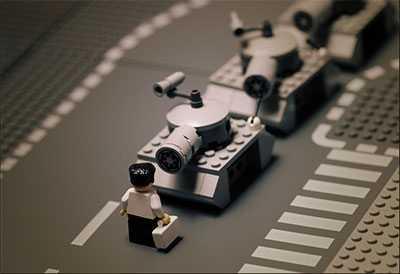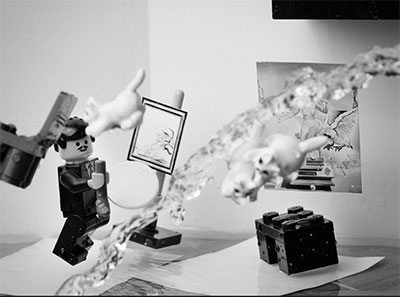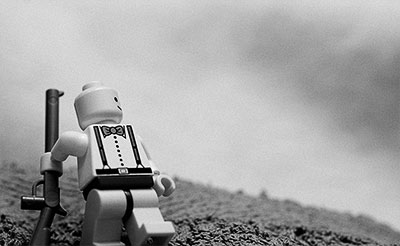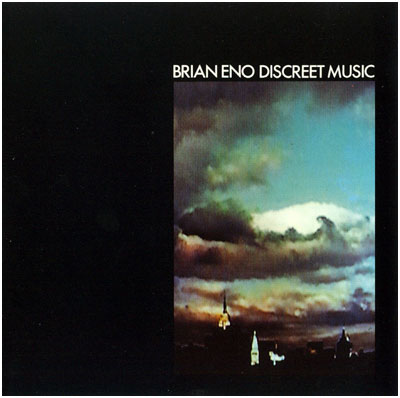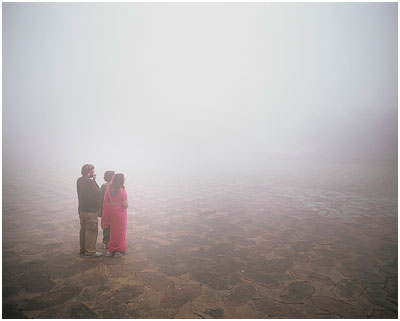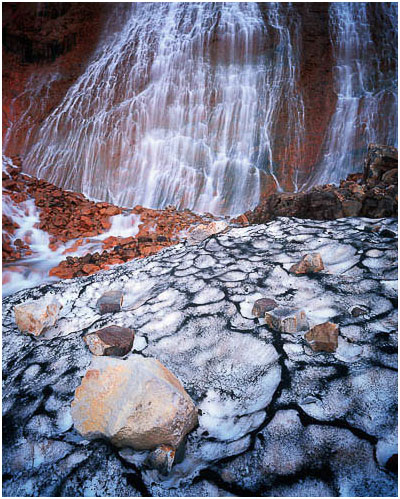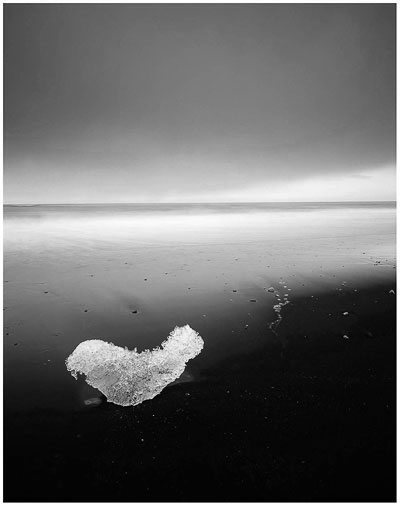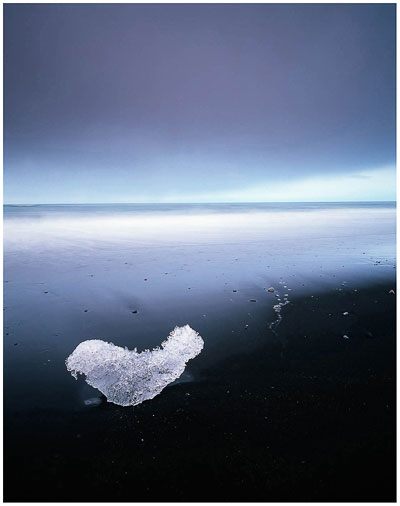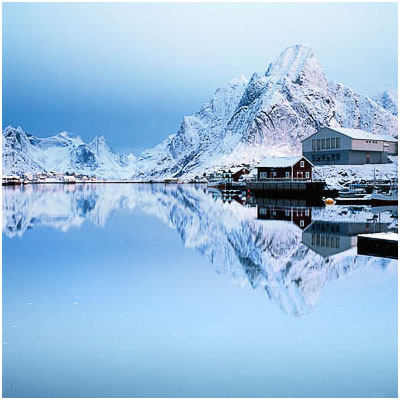This year I re-entered the world of the field camera. You may think this camera is a large format 4x5 inch system. It's not. It's actually a medium format 6x9cm field camera, only I'm using it with a 6x7cm film holder. So it's really a 6x7 medium format film camera with the added benefit of having tilt, shift and swing movements. Many Canon and Nikon users can buy tilt-shift lenses for their fixed plane camera bodies, for me, I bought a camera with tilt-shift-swing movements built into the body not the lenses.

Because it is not a large format camera, it's much smaller and lighter than you can imagine from looking at the photographs here. I just took this little system with me to Turkey a few weeks back and I carried it onto the plane in a waist-level bag including four lenses (38, 47, 65, 80), light meter, filter case and my entire film stock. I don't like to travel with multiple formats if I can avoid it - too many options make for a confusing time and I wished to get to grips with this system while I was away. There's no better way to do that, than to leave every other camera (read that as 'crutch') back at home.
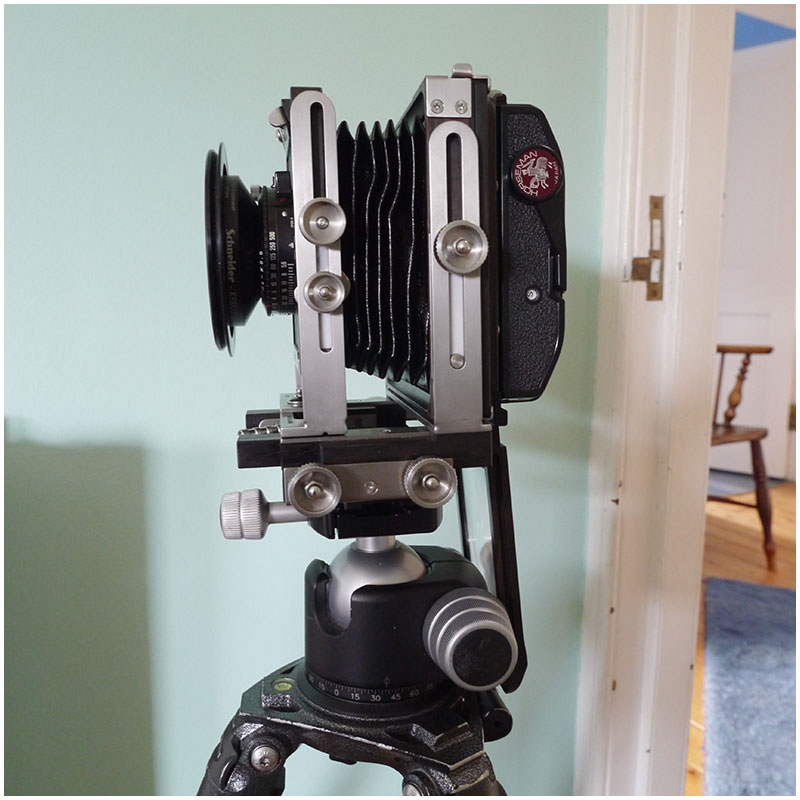
So why did someone who already owns three different medium format outfits buy a fourth one? Good question.
My answer is that I'd been feeling restricted by the lack of movements in my fixed plane camera bodies. Working with medium format often means that I'm working within a range of narrower depth of field's than someone using smaller systems.
I know for instance that with my Hasselblad 50mm or my Mamiya 7 50mm, the closest I can get to my foreground subject is about 1 metre. For those of you who don't know much about medium format, a 50mm lens is equivalent (I must stress - in angle of view only) to a 24mm lens in 35mm format. I still have the depth of field properties of a 50mm lens, because a 50mm lens is a 50mm lens, no matter what format of camera you bolt it onto.
Shorter focal-lengths provide more depth of field than longer focal lengths. And this is affected by the choice of format you decide to use. Use a small format such as Micro-Four-Thirds and your focal-lengths are half of what they are with 35mm. Consider the following table. If you were to aim to get the same angle of view as a 50mm lens in 35mm format across other camera formats, you would use the following focal lengths:
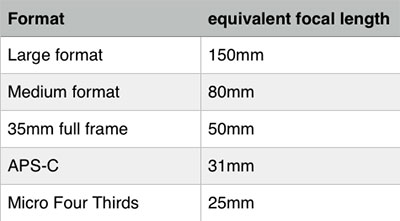
But bear in mind that you have a lot less depth of field at 150mm than you do with a 25mm lens for the same aperture. You can see how focal-lengths affect depth of field by playing with an ultra-wide lens and a 200mm lens. When you attempt to focus an ultra-wide lens, it kind of feels as if nothing much changes right? That's because even wide open, most of the scene is in focus. Whereas with a 200mm lens, you find that the focus has to be extremely precise.
Back to my choice of field camera. Most 35mm shooters using a 24mm lens can get as close as 2 feet to their foreground and keep infinity in focus. With my medium format systems - I can't. The closest I can get is 1 metre, and that's all because I'm using a focal length of 50mm to get the same angle of view as your 24mm lens. One way I can get round this problem is to use tilt (see picture below for front standard tilt):
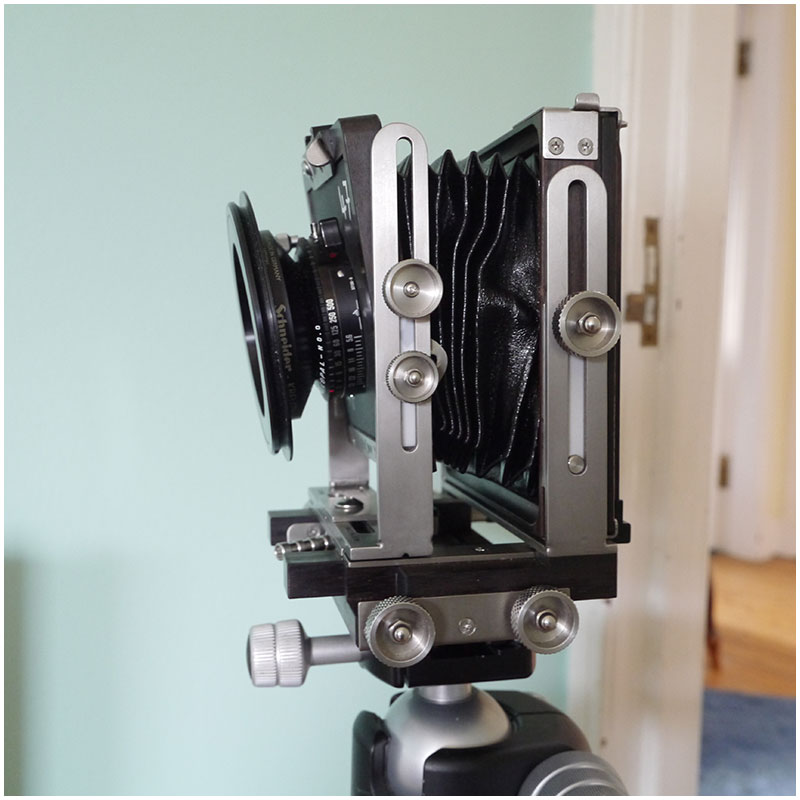
The other reason I chose to get a field cameras has to do with converging lines. I've been finding many subjects I wish to shoot don't work if I have to point the camera up or down at them. For instance, those lovely red huts in Lofoten can only be photographed if I'm exactly parallel to them. If I point the camera up, my subject starts to lean back, if I tilt the camera down my subject starts to lean forward. See picture below for an example of how to look down but also keep vertical lines straight (not converging). Notice how the film plane is level - the camera has not been pointed up or down:
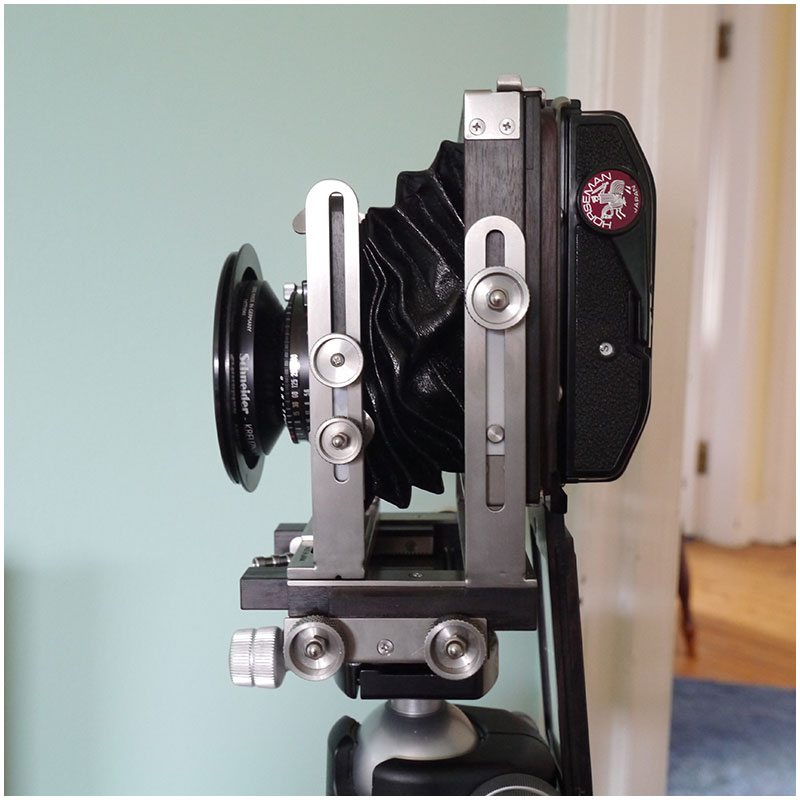
I think buying new gear should always be done with a lot of consideration. We often think about the benefits of what some new equipment may bring, but rarely do we think about the consequences it may have on our existing workflow. I'm always concerned that I may lose something I value in the process of changing something.
For example, I had been using nothing much else but a Mamiya 7 outfit for around 12 years with only 3 lenses. I am so used to visualising compositions in these three focal-lengths and also in a 6x7 aspect ratio. I think my compositions got better and better over the years because I was so tuned into using the same tools time and time again. Around 2010, I took on a Hasselblad (which has a square aspect ratio) and when I did, I did it knowing it would take me at least a few years to settle into it (it did). I felt I might find that it changed the way I see compositions and I was concerned that I might find my compositional-abilities disrupted by the change. So I knew about the possible impact, and took on the change with a lot of care for my creativity.
And now that I've just bought an Ebony SW23 field camera, I've been very careful to buy the same focal-lengths as my Mamiya camera because I didn't want to affect the way I visualise. Changes to my process are always done in small, almost organic steps.
So now that I've re-entered the world of the view camera, I've already told myself it will take time. A lot of time. And to be patient. I'm very self-aware of my creativity and I like to observe how things morph and change over time. That is one of the most beautiful things about photography for me.


